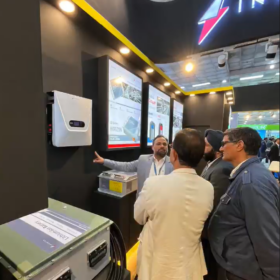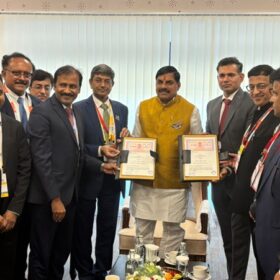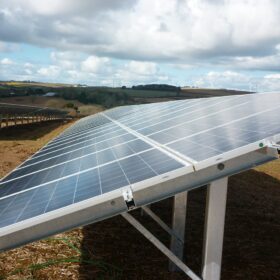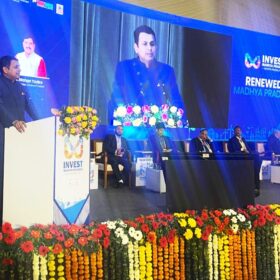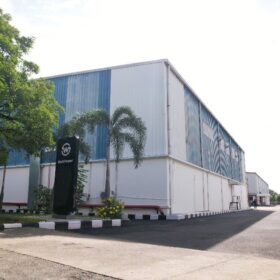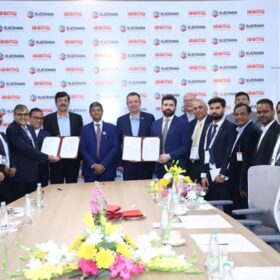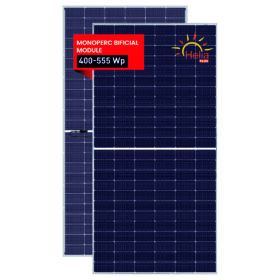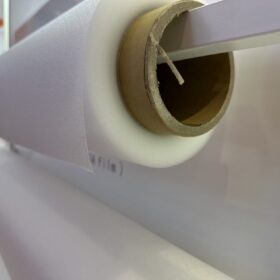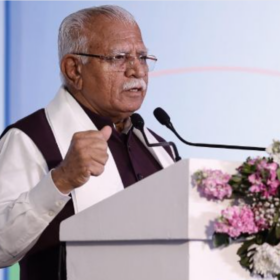Inverted to build 5 GWh fully automated battery factory in Rajasthan
Inverted has unveiled plans to establish a fully automated battery plant in Ghilot, Rajasthan, with an annual production capacity of 5 GWh. The 4-acre facility will produce battery solutions for four-wheelers, light commercial vehicles and battery energy storage systems.
NTPC commits over INR 2 lakh crore investment in Madhya Pradesh
NTPC and its arm NTPC Green Energy Ltd (NGEL) have signed agreements with Madhya Pradesh government to set up renewable projects based on solar, wind, pump hydro and other carbon neutral energy sources in the state.
Solar sector growth trends and emerging opportunities in 2025
The convergence of policy support, technological innovation, and market demand is set to propel the solar sector into a new era of growth.
Avaada Group commits INR 50,000 crore to renewables, storage projects in Madhya Pradesh
Avaada Group said it will develop 6 GW of solar energy, 700 MW of wind energy, 2.1 GW of battery energy storage systems (BESS), and 2 GW of pumped storage projects in Madhya Pradesh. Additionally, it will establish green energy equipment manufacturing facilities in the state.
WattPower hits 15 GW string inverter sales milestone
WattPower has achieved the feat of producing and supplying around 15 GW of solar string inverters in just 17 months.
NTPC, EDF to collaborate on pumped storage, renewable energy projects
NTPC and EDF have signed a non-binding term sheet to jointly develop pumped storage and other hydro power projects bundled with other renewable energy projects.
Jakson Engineers supplies 100 MW of solar modules to GIPCL
Jakson Engineers delivered 190,000 high-efficiency bifacial panels for Gujarat Industries Power Co. Ltd’s 2,375 MW Solar Park. The modules were manufactured by Jakson Solar Modules and Cells.
New research shows correlation between PV module electrode corrosion and damp heat test
New research shows correlation between PV module electrode corrosion and damp heat test
A research group in Japan identified a correlation between damp heat test of 1,000 hours to 3–6 years of field exposure in humid areas and changes in acetic acid concentration in photovoltaic modules. Their analysis also showed that an acetic acid concentration over 10,000 μg/g can be critical.
US added nearly 50 GW of new solar generating capacity in 2024
A new report by the Business Council for Sustainable Energy and BloombergNEF unpacks the market and policy trends facing the U.S. solar industry.
“Electrical, electronics manufacturing will be key in scaling clean energy”: Power minister
Manohar Lal Khattar, union minister for power, highlighted the electrical and electronics manufacturing industry will be key in scaling clean energy, advancing grid modernization, and strengthening transmission networks as India aims to achieve 800 GW of power generation capacity by 2030, with 50% from renewables.
